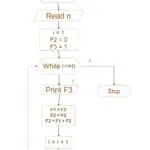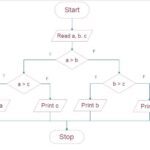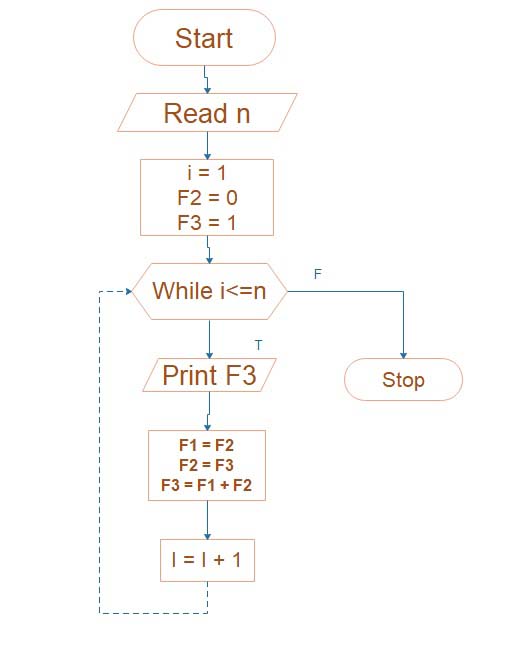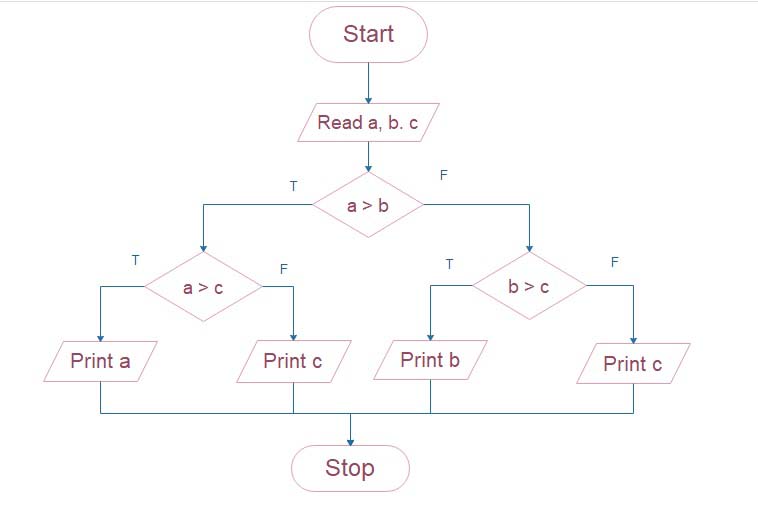Top Reasons for Heart Failure and Importance of Pacemaker
Heart Failure
- Failure of the heart to pump blood effectively is called heart failure.
- Heart failure, commonly referred to as congestive heart failure, is a chronic illness where the heart struggles to adequately pump blood throughout the body. It happens when the heart’s muscles deteriorate or are injured, which lowers cardiac output.
Table of Contents
what is congestive heart failure?
Heart failure can be brought on by a number of underlying illnesses, such as cardiomyopathy, coronary artery disease, heart attacks, excessive blood pressure, problems with the heart valves, and other ailments that damage the heart muscle. These elements may make it difficult for the heart to relax or contract appropriately, which would result in insufficient blood flow.
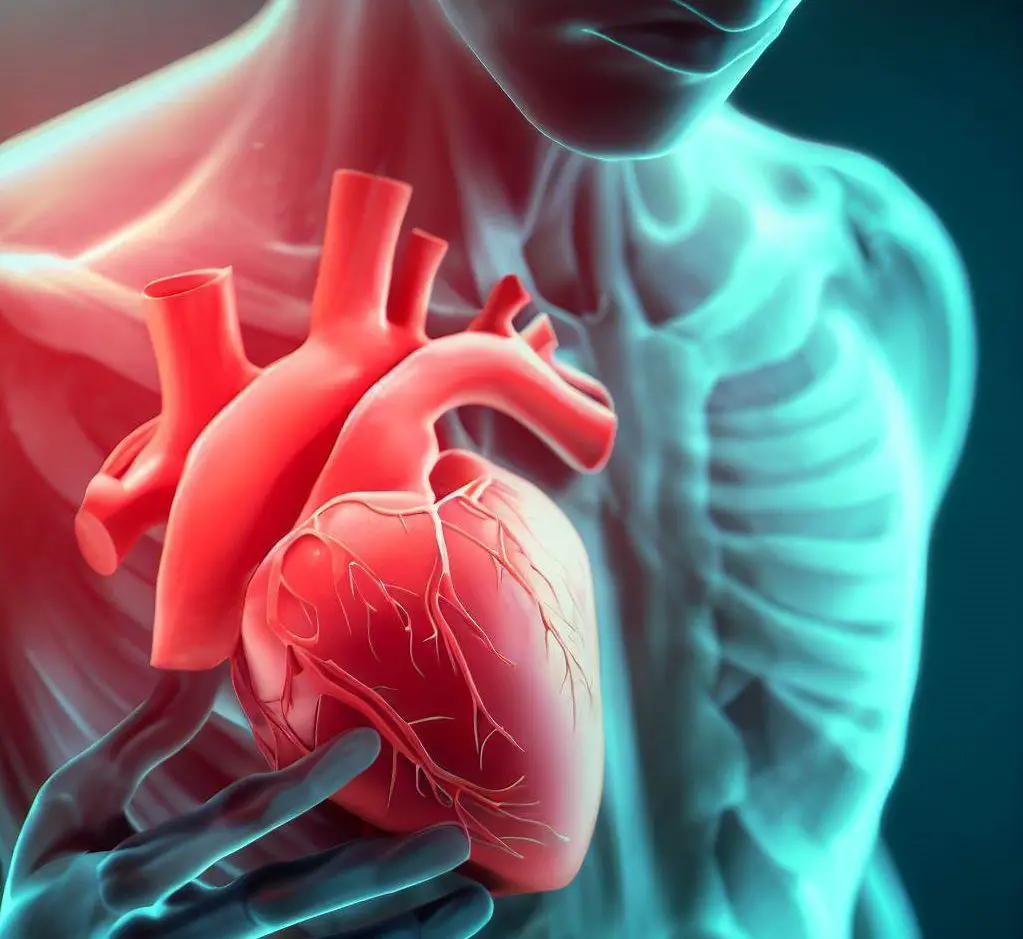
Although the signs and symptoms of heart failure might vary, they frequently include exhaustion, shortness of breath, edoema, persistent coughing or wheezing, a fast or irregular pulse, and a decreased capacity for exertion. These symptoms may get worse with exercise or when resting flat, but they may get better with rest or elevating the legs.
how to treat heart failure?
Heart failure has to be managed medically in order to reduce symptoms, halt the disease’s progression, and enhance the quality of life. Medication, lifestyle changes (such as a low-sodium diet and consistent exercise), and, in some circumstances, surgical treatments like the implantation of devices or heart transplants may all be part of the treatment strategy. To effectively manage heart failure, regular monitoring and adherence to treatment recommendations are essential.
Cause of Heart Failure
Hypertension, congestion of the lungs etc. cause progressive weakening of heart muscles which ultimately fails the heart.
Degeneration of heart muscles due to the ageing process, malnutrition, chronic anaemia, hyperthyroidism etc.
what is the most common cause of right ventricular heart failure?
Numerous factors can contribute to heart failure, which eventually impairs the heart’s capacity to adequately pump blood. Coronary artery disease (CAD), a disorder marked by the narrowing or blockage of the coronary arteries that deliver oxygen and nutrients to the heart muscle, is the most frequent cause of heart failure. Heart failure can result from the heart muscle being weak or injured due to insufficient blood supply.
Previous heart attacks, high blood pressure (hypertension), heart valve issues (such as mitral valve regurgitation or aortic stenosis), cardiomyopathy (disease of the heart muscle), congenital heart defects, arrhythmias (abnormal heart rhythms), and conditions that put more strain on the heart, such as thyroid issues or kidney disease, are additional causes of heart failure.
what is the most common cause of heart failure?
Heart failure can also be brought on by lifestyle choices including smoking, being obese, drinking too much alcohol, and abusing drugs. It’s crucial to keep in mind that heart failure, also known as idiopathic dilated cardiomyopathy, can occur in people with no obvious underlying reason.
For efficient management of the illness and to guide therapy choices, the aetiology of heart failure must be determined. For those with heart failure, treating the underlying cause, controlling risk factors, and adhering to a thorough treatment plan can assist with symptoms, delay the course of the disease, and improve the overall quality of life.
Symptoms of Heart Failure
What are the symptoms of heart failure?
A variety of symptoms that can fluctuate in severity accompany heart failure. Shortness of breath, weakness, and weariness are typical symptoms, particularly after exercise or when resting flat. In addition, patients may have a persistent cough, frequently with phlegm that is white or pink in colour, wheezing, and trouble breathing while lying down.
Heart failure is characterised by fluid retention, which can cause swelling in the legs, ankles, feet, and occasionally the belly. Edoema, a swelling that results from the accumulation of fluid as a result of the heart’s inadequate blood pumping, develops. Additionally, people with heart failure may have palpitations (fast or irregular heartbeats), reduced exercise capacity, increased nighttime urine, and decreased appetite.
what are after symptoms of congestive heart failure?
As heart failure worsens, symptoms include weight gain, increased tiredness, a lingering cough, and a sense of being “full” or bloated in the belly as a result of fluid retention is possible. In order to properly diagnose and treat heart failure, it’s critical to report any worrisome symptoms to a healthcare professional as soon as possible.
Pacemaker
who needs a pacemaker?
An electronic device used to maintain the rhythmicity of the heart artificially is called the artificial pacemaker. The natural pacemaker of the heart is the SA node when the SA node fails to regulate the rhythm of the heart, then an artificial pacemaker is used. The artificial pacemaker is implanted subcutaneously in the upper thoracic region.

The artificial pacemaker consists of a pulse generator, a lead and an electrode. The pulse generator consists of a solid lithium cell that generates impulses. the lead is in the form of wire which transmits the impulse while an electrode is connected to the site of the heart where the impulse is to be transmitted.
what is a pacemaker?
Small electrical devices called pacemakers are placed in the chest or belly to control irregular heartbeats. It comprises one or more leads (thin cables), which link the device to the heart, and a pulse generator, which contains the battery and circuitry.
how does a pacemaker work?
A pacemaker’s principal function is to track the electrical activity of the heart and provide electrical impulses as necessary to keep the heart beating regularly. Conditions include bradycardia (slow heart rate), heart block, and specific forms of arrhythmias that are frequently treated with it.
A short electrical pulse is sent to the heart muscle to stimulate it and cause it to contract at the correct rate when the pacemaker notices an anomaly or stoppage in the electrical signals coming from the heart. The pacemaker continually checks the heart rate.
Pacemakers may be configured and programmed to match the demands of each patient, changing the pacing rate, reaction to activity, and other factors. Modern pacemakers frequently have cutting-edge capabilities like rate-responsive pacing, which modifies the heart rate in response to levels of physical activity.
how to install a pacemaker?
Pacemaker implantation is a routine surgical operation carried out under local anaesthesia. Patients go through routine follow-up appointments after the operation to check on the device’s performance and make any required setting adjustments. Many people with cardiac rhythm abnormalities now enjoy a higher quality of life because of pacemakers, which assist to maintain a regular and effective heartbeat.




